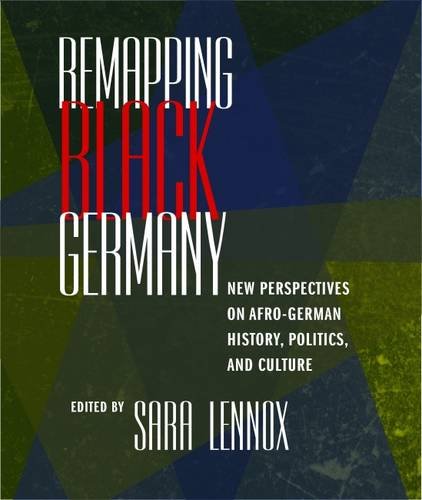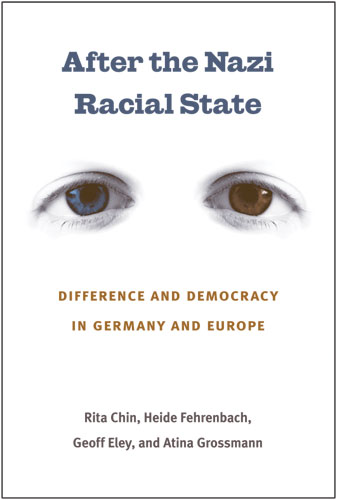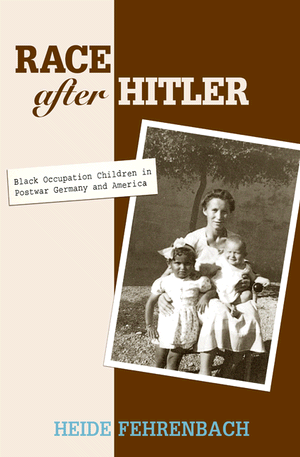Remapping Black Germany: New Perspectives on Afro-German History, Politics, and CulturePosted in Anthologies, Anthropology, Books, Europe, History, Media Archive, Politics/Public Policy on 2017-07-16 02:09Z by Steven |
Remapping Black Germany: New Perspectives on Afro-German History, Politics, and Culture
University of Massachusetts Press
December 2016
310 pages
16 b&w illustrations
6 x 9
Paper ISBN: 978-1-62534-231-7
Cloth ISBN: 978-1-62534-230-0
Edited by:
Sara Lennox, Professor Emerita of German Studies
University of Massachusetts, Amherst
A major contribution to Black-German studies
In 1984 at the Free University of Berlin, the African American poet Audre Lorde asked her Black, German-speaking women students about their identities. The women revealed that they had no common term to describe themselves and had until then lacked a way to identify their shared interests and concerns. Out of Lorde’s seminar emerged both the term “Afro-German” (or “Black German”) and the 1986 publication of the volume that appeared in English translation as Showing Our Colors: Afro-German Women Speak Out. The book launched a movement that has since catalyzed activism and scholarship in Germany.
Remapping Black Germany collects thirteen pieces that consider the wide array of issues facing Black German groups and individuals across turbulent periods, spanning the German colonial period, National Socialism, divided Germany, and the enormous outpouring of Black German creativity after 1986.
In addition to the editor, the contributors include Robert Bernasconi, Tina Campt, Maria I. Diedrich, Maureen Maisha Eggers, Fatima El-Tayeb, Heide Fehrenbach, Dirk Göttsche, Felicitas Jaima, Katja Kinder, Tobias Nagl, Katharina Oguntoye, Peggy Piesche, Christian Rogowski, and Nicola Lauré al-Samarai.



